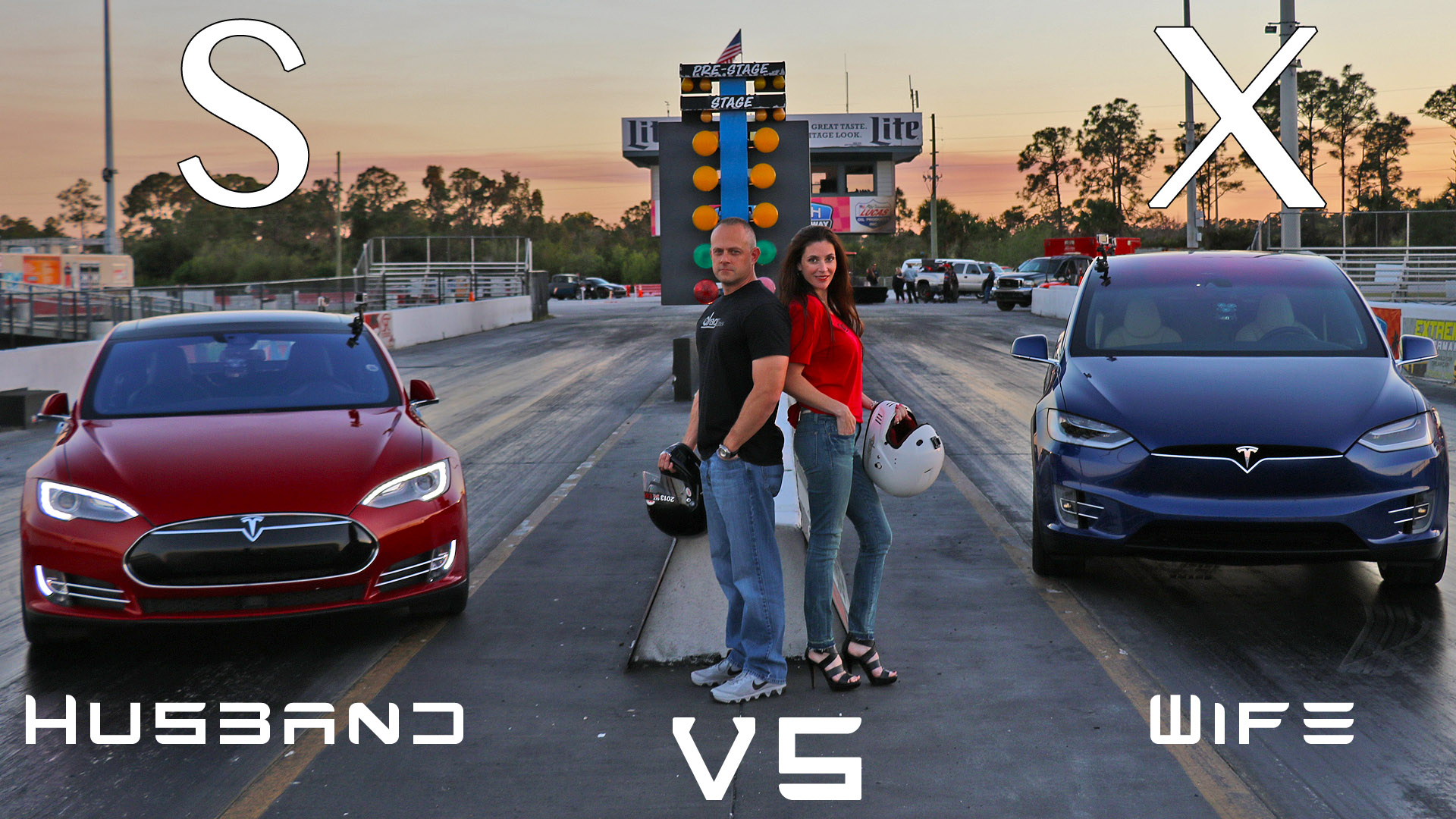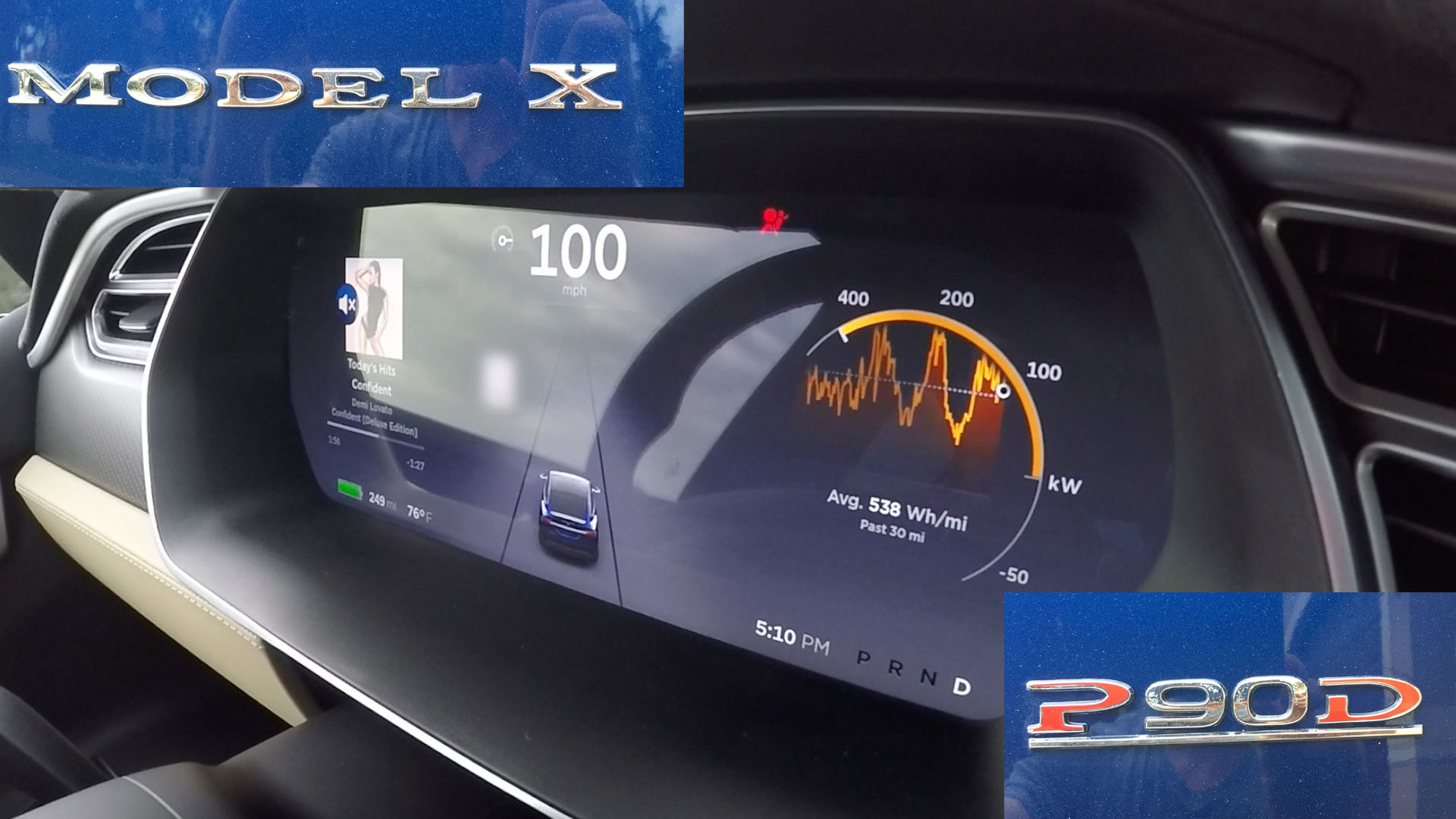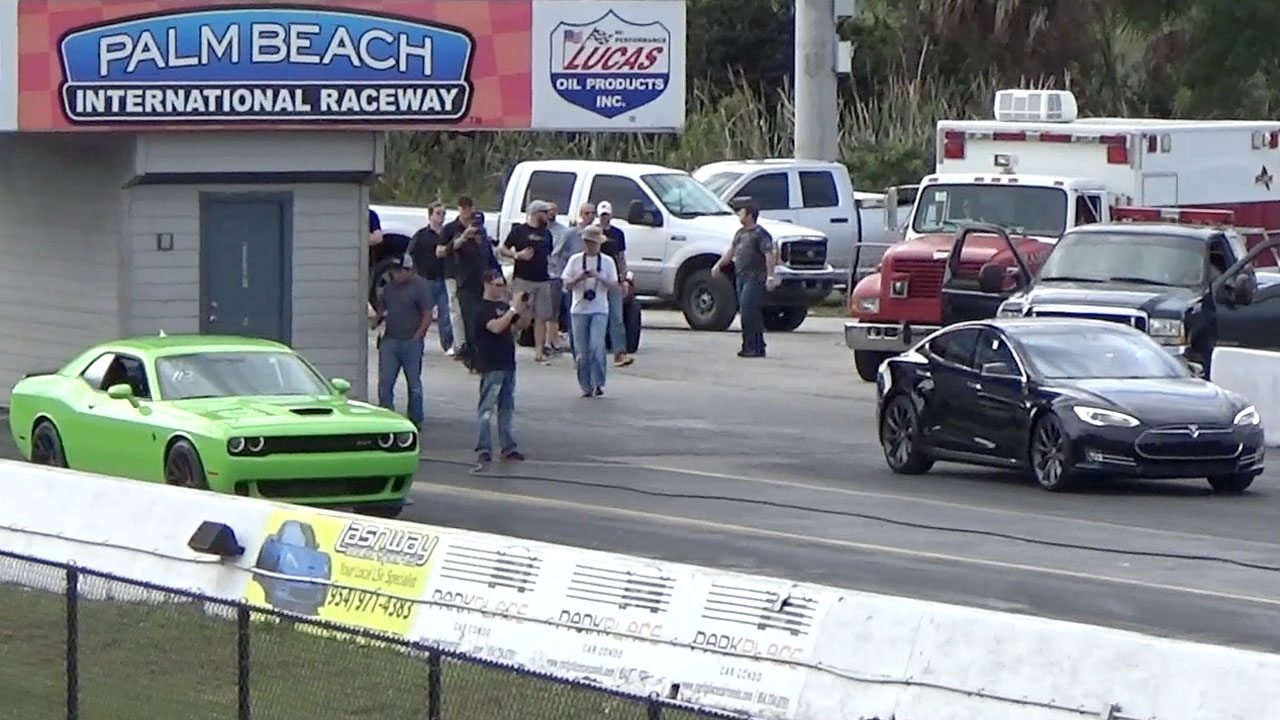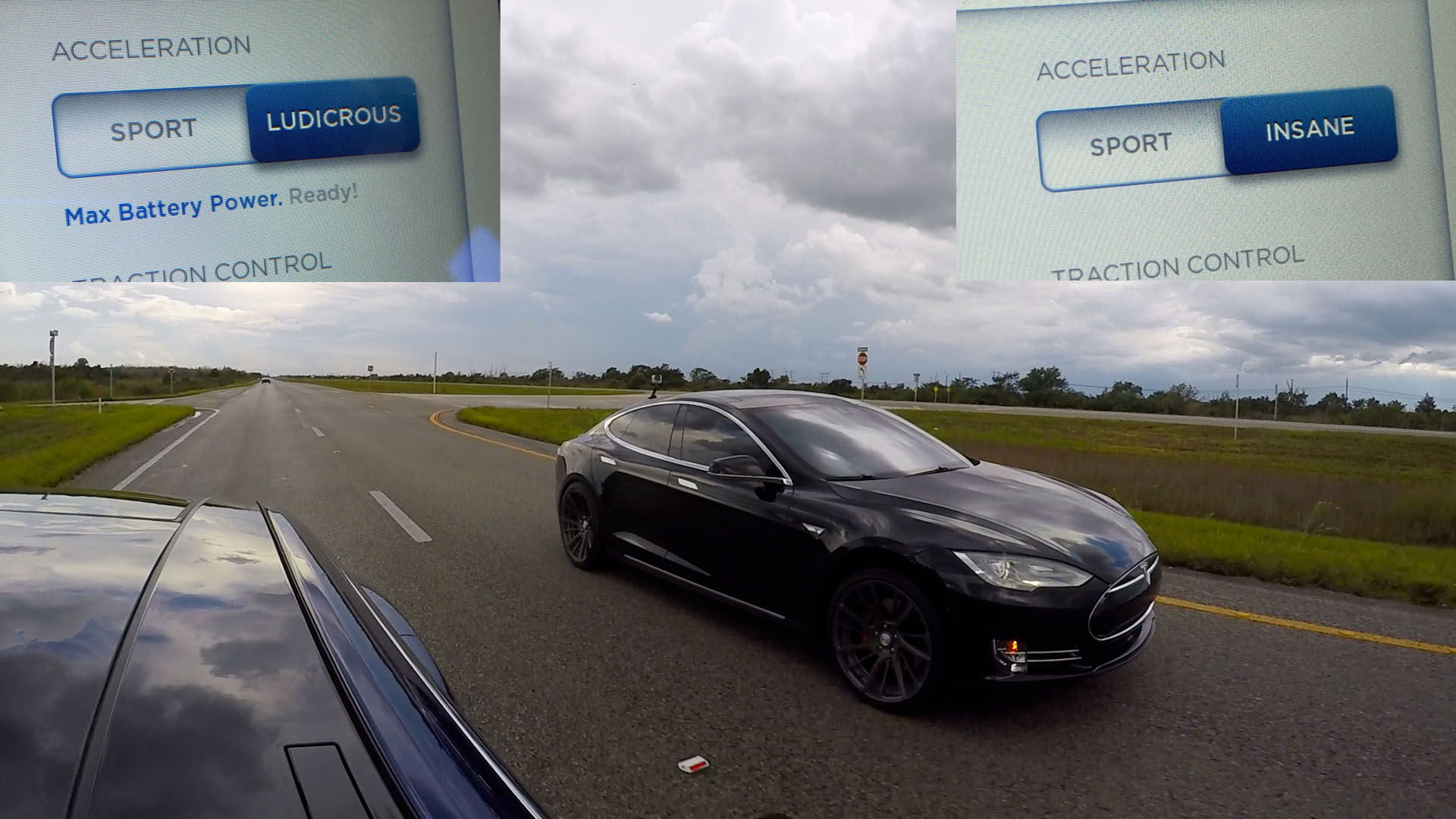Tesla Model S Performance sets World Record for the Quickest Production Electric Car
January 27th, 2013 We had some time to test out the brand new Tesla Model S Performance at the StreetCarDrags.com event this weekend at Palm Beach International Raceway. The Tesla Model S Performance is a zero emissions all electric car with an AC induction motor pushing out 416HP and 443 ft-lbs of torque from 0-5,100 RPM.
We had some time to test out the brand new Tesla Model S Performance at the StreetCarDrags.com event this weekend at Palm Beach International Raceway. The Tesla Model S Performance is a zero emissions all electric car with an AC induction motor pushing out 416HP and 443 ft-lbs of torque from 0-5,100 RPM.
The Tesla Model S Performance ended up running a best time of 12.371 @ 110.84 MPH with 0-60 MPH coming up in just 3.9 seconds. The National Electric Drag Racing Association (NEDRA) was on site running their Winter EV Nationals and verified the Tesla runs to have set a new world record for the quickest production electric vehicle in the 1/4 mile.
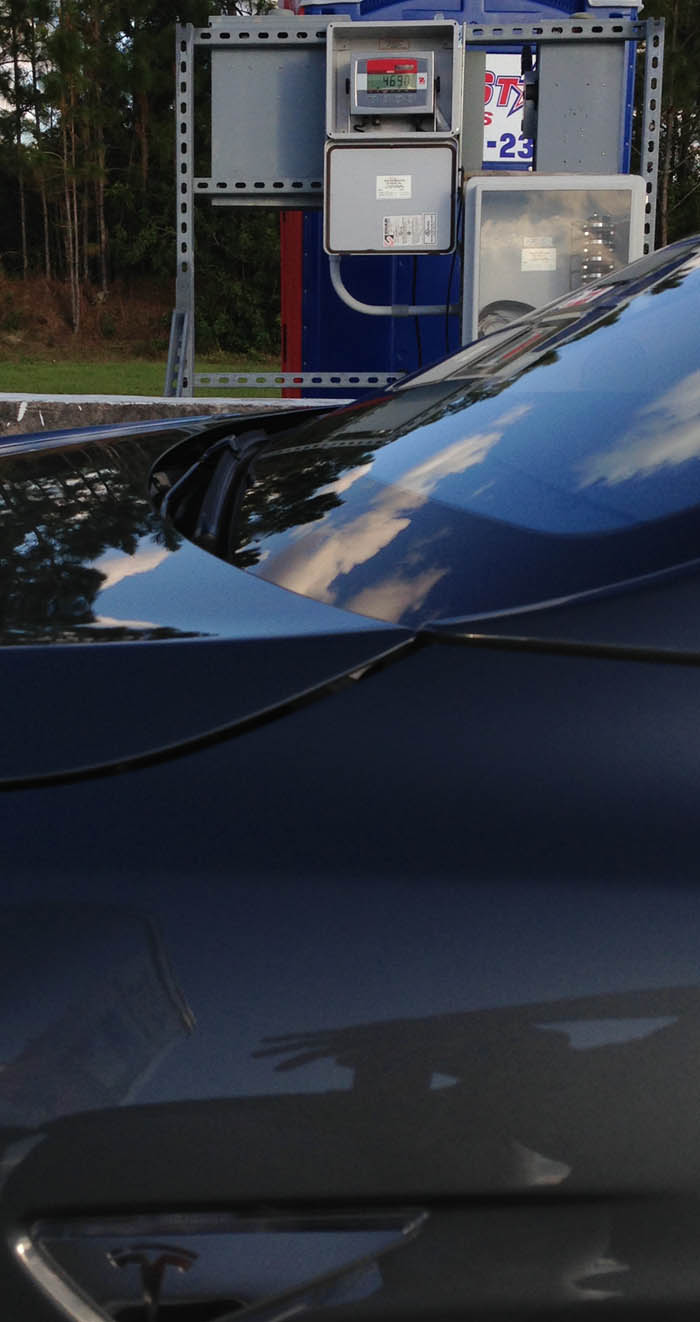 We started out with a full charge on the Tesla which indicated a range of 314 miles, after a 78 mile trip to Palm Beach International Raceway at 70 MPH the Tesla showed a range of 205 miles left. We made a few passes in the car shortly after arriving and the car was amazingly consistent running two back to back 12.678 passes @ 108 MPH. We then drove the car over to the RV parking area at the track and plugged into their 240v 40AMP charging station.
We started out with a full charge on the Tesla which indicated a range of 314 miles, after a 78 mile trip to Palm Beach International Raceway at 70 MPH the Tesla showed a range of 205 miles left. We made a few passes in the car shortly after arriving and the car was amazingly consistent running two back to back 12.678 passes @ 108 MPH. We then drove the car over to the RV parking area at the track and plugged into their 240v 40AMP charging station.
After 3 hours the car was fully charged and we made another pass running 12.371 @ 110.84 MPH which was backed up by a few 12.4x passes. We’re not sure if the increase in performance is due a full battery or having the car cooled down, comments from electron buffs on this?
Our test car was equipped with the 21″ wheel and tire package which weigh more than the standard 19″ wheels. We’re going to try and get our hands on some of the 19″ wheels to do some more testing to see what kind of performance gain they might have. We also put the Model S on the scales where it weighed in at 4,690 pounds.
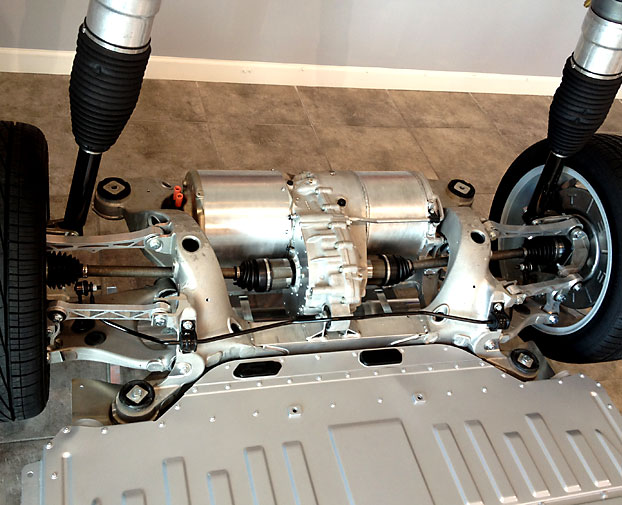 It’s very impressive how a single motor the size of an office trash can propel this 4,690 pound car (4,870 with driver) to 60 MPH in under 4 seconds and runs low 12’s in the 1/4 mile in a rear wheel drive configuration. Imagine if Tesla put another one of those motors in the front. An all wheel drive, 832 horsepower electric sedan? Build it and we’ll be first in line!
It’s very impressive how a single motor the size of an office trash can propel this 4,690 pound car (4,870 with driver) to 60 MPH in under 4 seconds and runs low 12’s in the 1/4 mile in a rear wheel drive configuration. Imagine if Tesla put another one of those motors in the front. An all wheel drive, 832 horsepower electric sedan? Build it and we’ll be first in line!
We have a lot of video to go through, but here is a teaser of the Tesla Model S racing heads up against a 2005 Dodge Viper SRT10 with exhaust and air filters.
Tesla Model S Performance Drag Racing 1/4 Mile Timeslips
Tesla Model S Performance 0-60 MPH in 3.9 Seconds (VBOX)
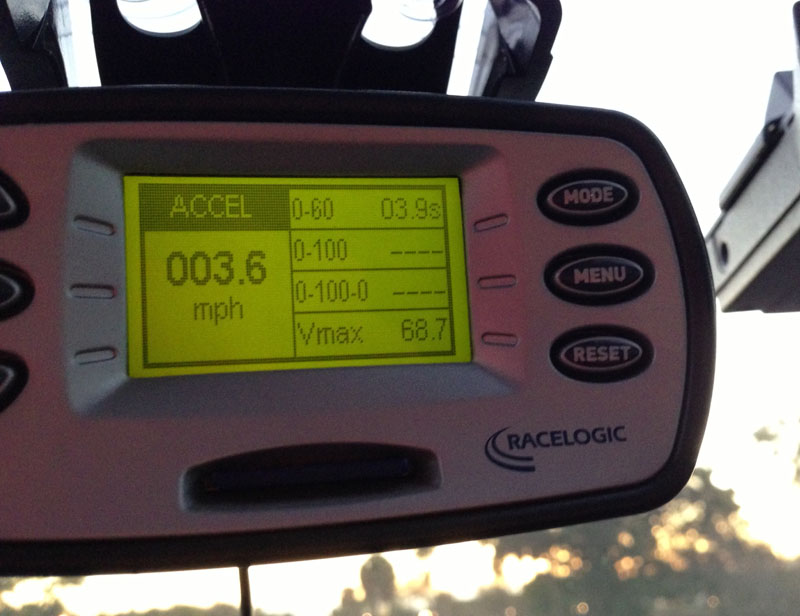
Video: Tesla Model S Performance vs Dodge Viper SRT10
Video: Tesla Model S Performance: 12.3 @ 110.8 MPH
Video: Tesla Model S Performance vs Chevrolet Volt


